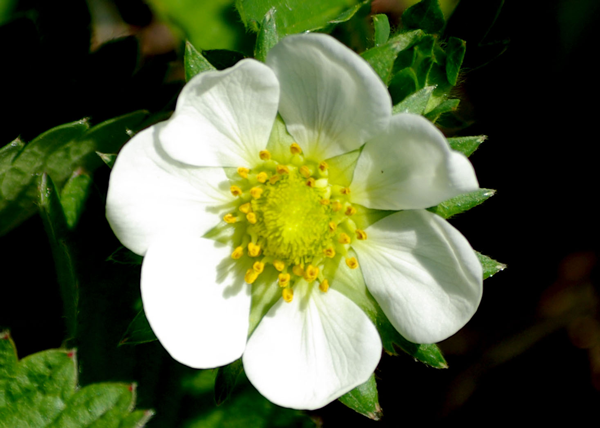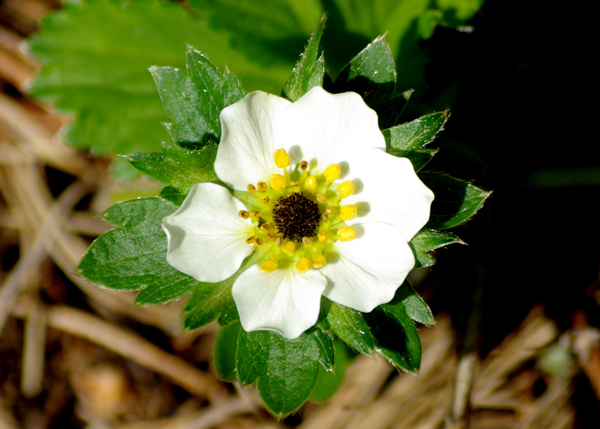The ground in my part of New England is blanketed in snow, and will remain so for most of the next 3 months. The temperature ranges from cold to frigid. It is hard to think of spring, but now is the time when the garden planning begins, when I start making lists of plants to buy, drawing plot diagrams, calculating sowing times, and anticipating, in my mind, the eventual blooms of summer and the harvest of next fall.
This is also the time when my mailbox fills up with catalogs from plantsmen and nurseries, offering new plant cultivars, rediscovered heirloom varieties and all manner of new garden gadgets. When possible I prefer to support local nurseries. Their plants are chosen to be well-adapted for my regional conditions. Of course, the downside is that if you buy locally, then you’ll be buying the same plants as your neighbors, and who wants to have their landscaping look the same as everyone else on the street?
[amazon_link asins=’1591866413,1937644146,1519671202,1591866103,1604694211′ template=’ProductGrid’ store=’ananticdispos-20′ marketplace=’US’ link_id=’be4df725-0c53-11e9-ae27-0776fe402fa4′]
Of the dozens of seed and plant catalogs I receive every winter, there are a few that I return to year after year, the ones where I find the immense variety I crave, as well as high quality service. The following is my “top 10 list” of seed and plant catalogs suitable for New England:
- Fedco Seeds (Maine) Their new 137 page catalog covers seeds, tubers and organic growing supplies. The emphasis is on hardy and short-season varieties suitable for northern gardens.
- Nourse Farms (Massachusetts) Strawberries, raspberries, blackberries, currants, gooseberries live plants, including new introductions. They are my first choice for berries.
- Territorial Seed Company (Oregon) Very informative catalog, 167 pages, should be a model for others. Clearly indicates which seeds are open pollinated, which are F1 hybrids, which are organic, disease resistance, days to maturity, etc. Most seeds are available in different packet sizes, ranging from small samplers to larger packets for small commercial growers.
- Artistic Gardens / Le Jardin du Gourmet (Vermont) Their 50 Sample Herb Packet Special is a regular annual purchase for me. At any other seed company you pay $3 or so for a packet containing enough basil seeds for a pesto factory. Total overkill for a small garden, and expensive if you want to plant a wide variety of herbs. But for a very reasonable price Le Jardin du Gourmet offers a bundle of 50 herb seed packets, each very small, but providing “just enough” seeds for my small garden. You have no control over the variety, so if you absolutely must have Genovese Basil, this is not for you, but in turn for giving up control over the variety you get large selection of culinary and traditional medicinal herbs for a very reasonable price. I find it also gets me to grow herbs I might not otherwise try, like lovage or horehound.
- Seed Savers Exchange (Iowa) This is the open source project of the seed world. Individual amateur gardeners and small farms preserving 12,613 varieties of heirloom, ethnic and unique vegetable varieties, growing from seed, and harvesting and preserving the seed to pass on to the next year. The resulting huge diversity of seeds are shared with members for the cost of postage. The variety is staggering. If they don’t have it, it probably doesn’t exist (or is protected by a plant patent). A subset of the most popular heirloom varieties is for sale on their website, but to get the full phonebook-thick catalog of member-offered seeds, you need to join.
- White Flower Farm (Connecticut) The catalog, fully photographed in luscious detail, is a feast for the eyes. Strong on perennials (herbaceous and woody) and bulbs. I use it as much to generate ideas as I do for ordering.
- Johnny’s Selected Seeds (Maine) I go to Johnny’s especially for their new vegetable variety introductions. For example, they introduced “Bright Lights” Swiss chard, one of my favorites. Their catalog always has something new to look forward to.
- Raintree Nursery (Washington) If you want something unusual in the fruit department, this is where to go. From medlars to hardy kiwi to saskatoons, they have it. Their catalog has also the cultural information you need to be successful, including recommendations on compatible pollinators.
- Bluestone Perennials (Ohio) Along with the White Flower Farm catalog, this is my main source for perennials. The PlantFinder search engine on their website is great for finding plants for a special niche, like “Zone 6 hardy, deer resistant groundcovers with blue flowers”.
- Totally Tomato (Wisconsin) The name says it all. If you want a specific tomato variety and no substitute will do, this is the place to go. For example, their catalog lists 41 different cherry tomato varieties. This is the “long tail” of the lycopersicum world.



